Pruning Services Cost Guide
This guide provides detailed information on the factors influencing the cost of pruning services, including typical price ranges and specific service considerations.
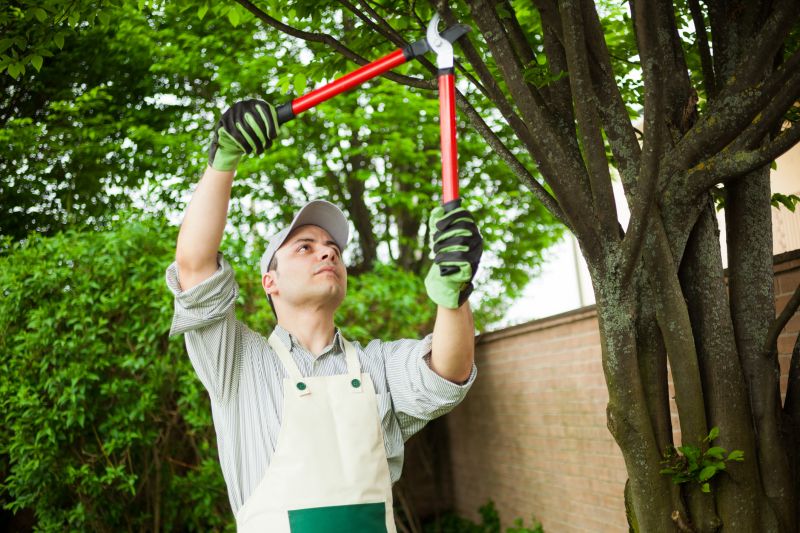
Larger and taller trees generally incur higher pruning costs due to the additional equipment and labor required.

Pruning cost varies based on how easily the tree can be accessed and its proximity to structures or power lines.
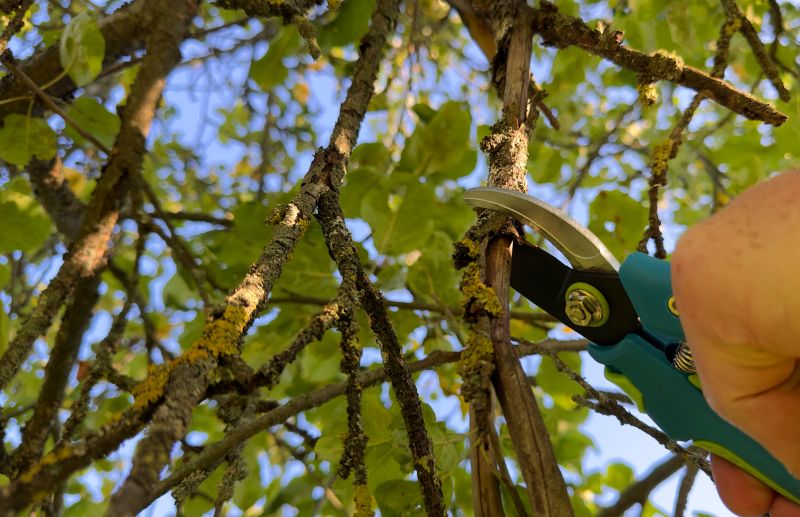
Different pruning techniques, such as crown thinning or deadwood removal, influence the overall price.
| Factor | Details |
|---|---|
| Tree Size | Small trees (under 10 feet) typically cost less than large trees over 30 feet. |
| Type of Pruning | Maintenance pruning is usually less expensive than structural or corrective pruning. |
| Location | Urban areas may have higher costs due to restricted access or permits. |
| Equipment Needed | Specialized equipment can increase the overall cost. |
| Service Frequency | One-time pruning costs differ from regular maintenance schedules. |
| Tree Condition | Healthy trees are generally easier and quicker to prune, affecting price. |
| Complexity of Job | Jobs involving power lines or difficult terrain tend to be more costly. |
| Size of Area | Larger properties may incur additional labor and time charges. |
Pruning service costs can vary significantly based on the specific requirements of each tree and location. Smaller, accessible trees with straightforward pruning needs tend to be more affordable, while larger, complex jobs involving hazardous conditions or specialized equipment can increase expenses. Accurate assessments often require on-site evaluations to determine the scope and necessary techniques, ensuring pricing reflects the actual work involved.
Factors such as tree health, proximity to structures, and the desired outcome influence the final cost. Regular maintenance pruning can help prevent larger issues and may be offered at a lower rate, whereas corrective or emergency pruning services tend to be more expensive due to urgency and complexity.
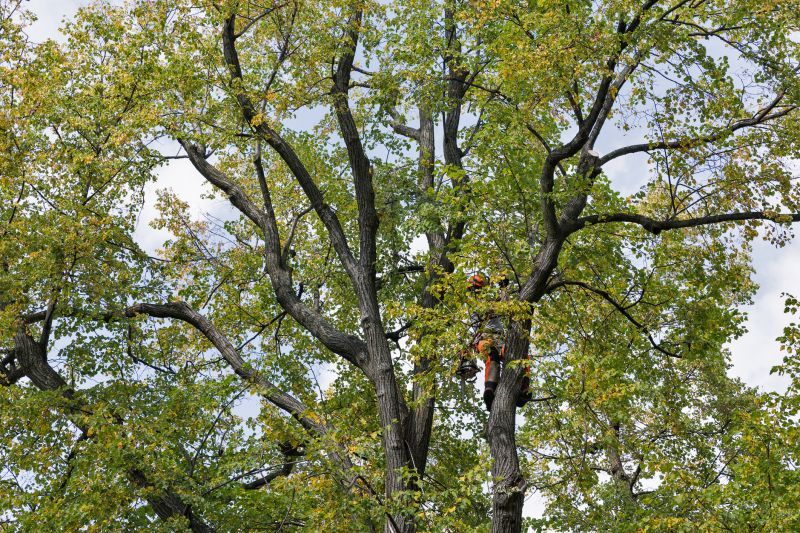
This technique involves selectively removing branches to improve light penetration and air flow, affecting cost based on tree size.
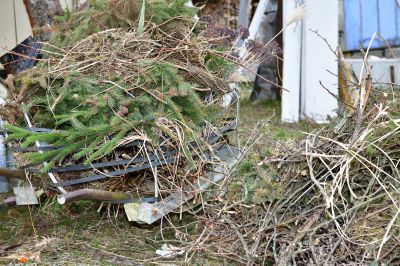
Removing dead or diseased branches requires precision and can influence pricing depending on the extent of decay.
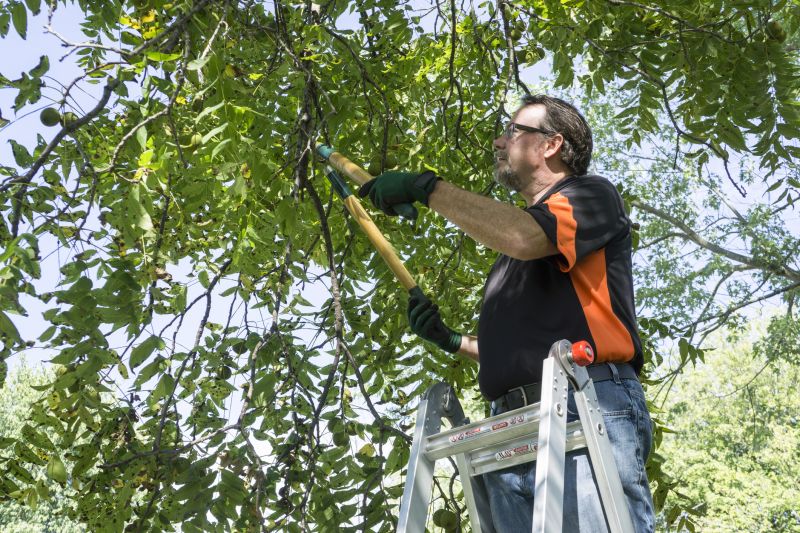
Shaping and supporting the tree's structure often involves detailed work, impacting overall costs.
| Service Type | Average Price Range |
|---|---|
| Basic Tree Pruning | $150 - $400 |
| Crown Thinning | $200 - $600 |
| Dead Branch Removal | $100 - $300 |
| Structural Pruning | $250 - $700 |
| Emergency Pruning | $300 - $900 |
| Fruit Tree Pruning | $100 - $350 |
| Storm Damage Cleanup | $400 - $1,200 |
| Shaping and Topiary | $200 - $800 |
| Hazard Tree Removal | $500 - $2,000 |
| Stump Removal and Grinding | $150 - $600 |



